A much anticipated joint project between NASA and Lockheed Martin, the X-59 Quiet Supersonic Transport (QueSST) represents a major breakthrough in aeronautics, especially in tackling the difficulties of supersonic flight. The recently unveiled aircraft is a ground-breaking attempt to lessen the disturbing sonic boom that comes with travelling faster than supersonic.
The X-59 is distinguished by its distinctive design, especially its long, pointed nose-cone, which is essential in lowering the volume of the sonic boom to a mere “sonic thump.” However, this configuration makes it difficult to see forward from the cockpit. To solve this, the X-59 is equipped with an improved flight vision system (EVS), incorporating a 4K camera with a 33° by 19° angle of view.
By making up for the absence of a forward-facing window, this mechanism makes sure pilots can see clearly forward. The newest avionics from United Technologies subsidiary Collins Aerospace substantially improve the cockpit of the X-59. Among the avionics are the EVS with long-wave infrared sensors and the Pro Line Fusion Cockpit, which shows the sonic boom on the ground. While the NASA external vision system (XVS) gives the forward view, these sensors are essential for landing.
NASA’s X-59 is an important research instrument in addition to an experimental aircraft. The goal of the project is to make it possible for commercial supersonic flying over land, which is now impossible because of sonic boom noise and disruption. The X-59’s design seeks to achieve supersonic speeds of 1.4 times the speed of sound (about 925 mph) while delivering a gentler sonic thump instead of a typical boom.
The X-59’s development and debut are important because they address the cultural and environmental disruptions brought on by sonic booms, which have been a problem with aircraft like as the Concorde in the past. Due to the loud and disruptive sonic boom of the Concorde, its flights were mostly restricted to over-ocean routes. The goal of the X-59, on the other hand, is to make supersonic travel over land possible and less invasive.
The X-59 would go through extensive testing phases after its introduction, including engine runs, taxi testing, and integrated systems testing. The purpose of these testing is to get the aircraft ready for its first flight, which is slated for later in 2024. After the aircraft has completed its initial flight testing at Lockheed Martin’s Skunk Works, it will be moved to NASA’s Armstrong Flight Research Centre in Edwards, California, for additional operations and testing.
The construction and testing of the X-59 promise quicker travel times and less environmental effect, marking not just a significant advancement in aeronautical engineering but also a potential paradigm shift in air travel. Future rules and designs for will likely be greatly influenced by the information and understanding obtained from the X-59 project.
Following the unveiling, the next steps for the X-59 include comprehensive testing phases, such as integrated systems testing, engine runs, and taxi testing. These tests are crucial in preparing the aircraft for its first flight, scheduled for later in 2024. The initial flight tests will be conducted at Lockheed Martin’s Skunk Works, after which the aircraft will be transferred to NASA’s Armstrong Flight Research Center in Edwards, California, for further operations and testing.
The X-59’s development and testing not only signify a leap in aeronautical engineering but also present a potential paradigm shift in air travel, promising faster travel times and reduced environmental impact. The data and insights gained from the X-59 project are expected to be instrumental in shaping future regulations and designs for commercial supersonic aircraft, thus opening new frontiers in aviation.
Near-Silent at 925 MPH: NASA and Lockheed Martin’s Advanced X-59 Supersonic Journey
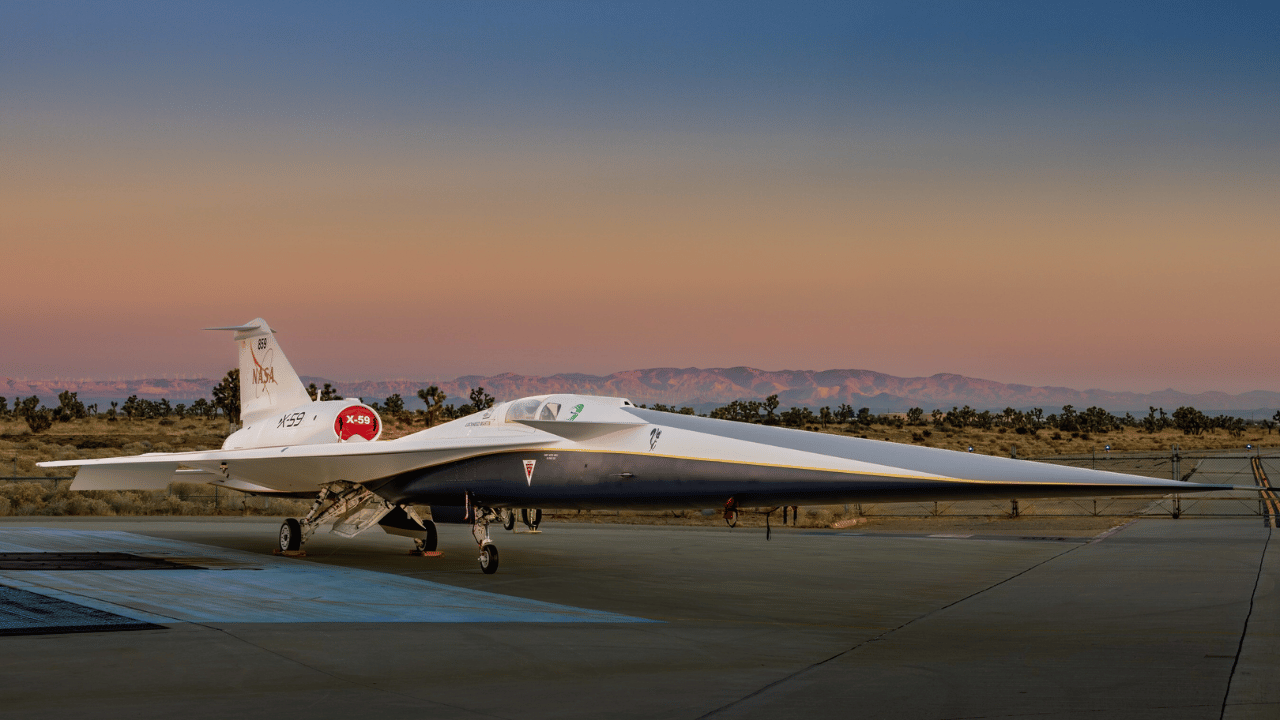
Latest from Aviation
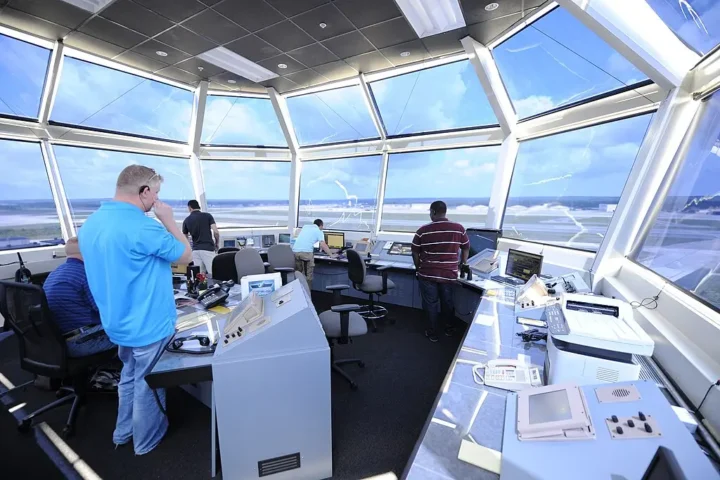
FAA Cuts 10% Flight Capacity at 40 Major Airports: “Unprecedented” Shutdown Move Impacts Thanksgiving Travel
FAA Flight Capacity Reduction | 40 Major Airports | Government Shutdown FAA Announces Historic 10% Flight Capacity Reduction Across 40 Major U.S. Airports The Federal Aviation Administration (FAA) implemented an unprecedented decision
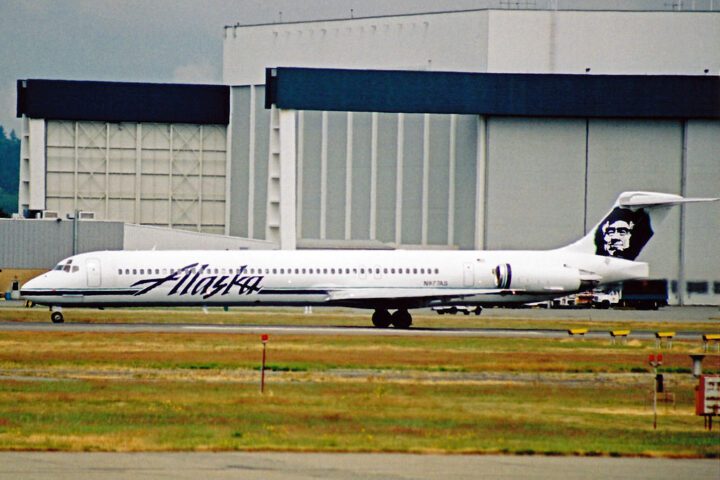
Alaska Airlines IT Outage Triggers FAA Ground Stop
Air Travel • Operations Alaska Airlines Flights Grounded After IT Outage A temporary ground stop was requested for Alaska Airlines and Horizon Air on Oct 24, 2025 (ET) after a primary data
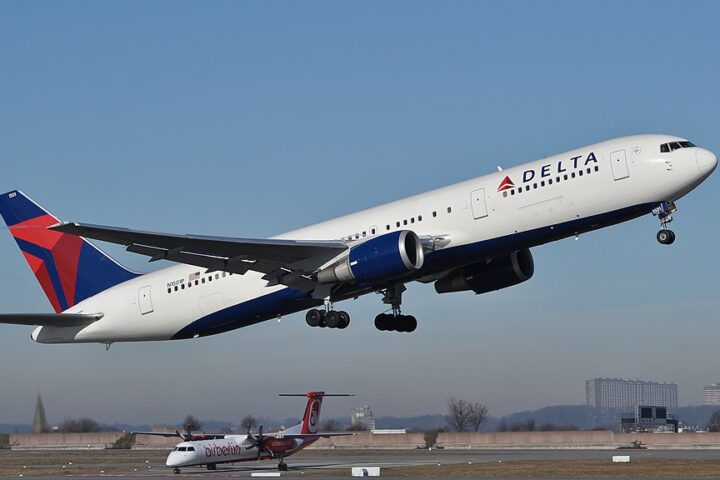
Delta ends Midland–Austin in November; loads under 60% — date and options
Aviation Delta ends Midland (MAF) ⇄ Austin (AUS) daily service in November; same‑day disruptions reported at major hubs Interactive briefing: route status, current disruptions, refund tips, and alternatives from Midland International Air
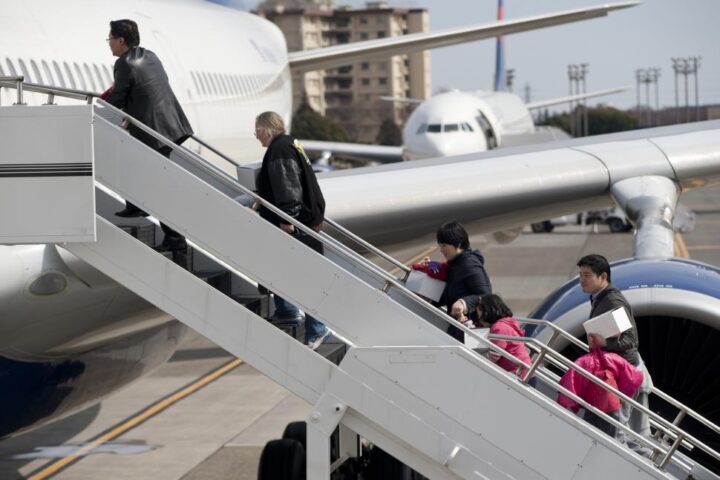
Delta credit card check at LHR: “show the card” rule hits travelers despite 200M served in 2024
“` Air Travel • Passenger Notice Delta credit card check at check‑in can block boarding abroad Delta served over 200 million customers in 2024 and was rated No. 1 for Premium Economy
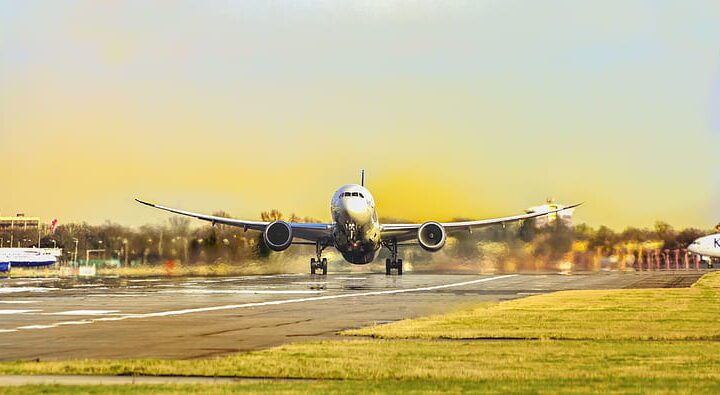
Virgin Australia carry-on: one 8kg bag from Feb 2, 2026, “We want your bag, where you sit”
AIR TRAVEL UPDATE Virgin Australia limits economy carry-on to one 8kg bag from 2 Feb 2026 One overhead-locker item (up to 8kg) and one small under-seat personal item. Business, Economy X and

LAX Ground Stop On FAA “Equipment Outage”; Impact From ~1,500 Ops
Airport Ops LAX Flights Grounded Due To Equipment Outage A ground stop at Los Angeles International Airport was reported by the FAA. LAX operates about 1,500 flight operations daily. Date: Oct 12,
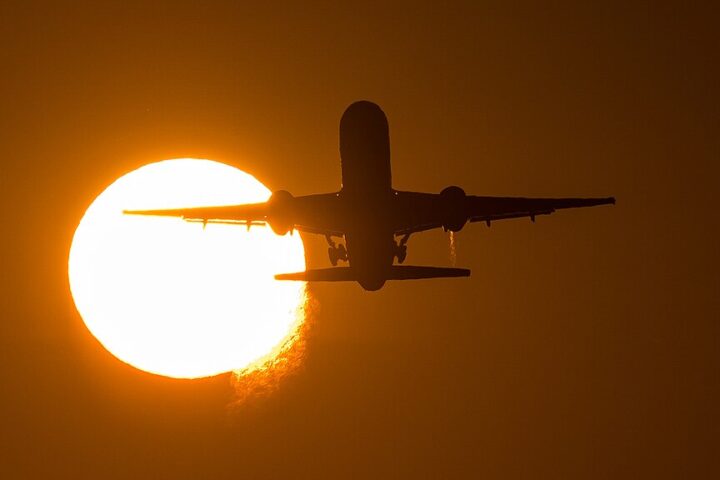
Anguilla Nonstop Flights From Boston, Newark, Baltimore Start Dec 17–19—6 Weekly Flights, Full Dates Inside
Anguilla Gets New Nonstop Flights From Boston, Newark & Baltimore This December Seasonal routes on AnguillAir, operated by BermudAir, begin mid‑December and arrive at Clayton J. Lloyd International Airport (AXA). 🗓️ Start
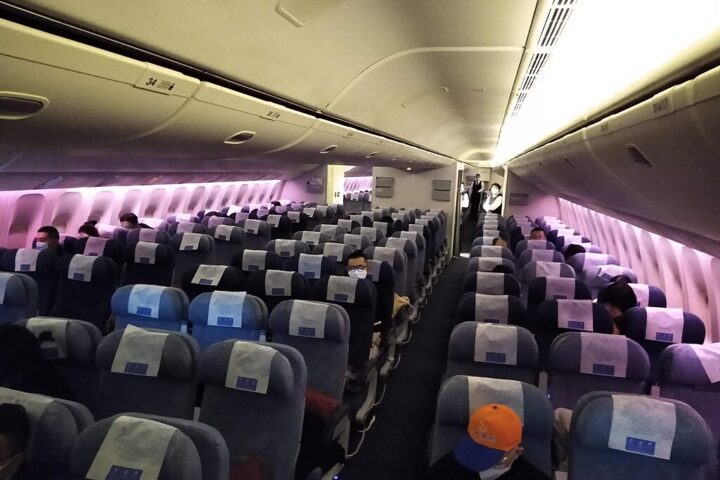
Seat Downgrade After Aircraft Swap? EU261’s 30/50/75% Bands Decide Your Refund—Here’s What Counts
Feature image: Empty cabin during a flight. Source: Wikimedia Commons. Travel Rights Seat Downgrades, Empty‑Seat Moves & What You Can Claim (EU261 Tool) If a booked cabin is changed to a lower
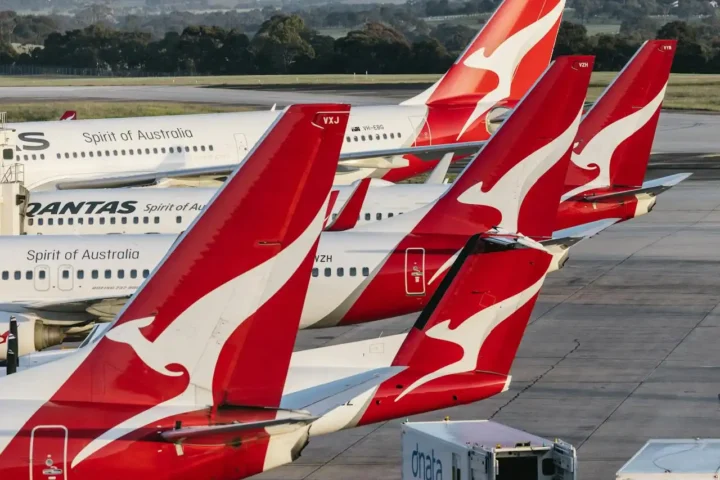
Qantas Data Leak After Deadline; “Will Not Pay,” Salesforce
Qantas Customer Data Posted to Dark Web After Ransom Deadline Simple briefing on what was posted, what officials said, and what you can do now. 📍 Australia 🕒 Updated: Oct 12, 2025
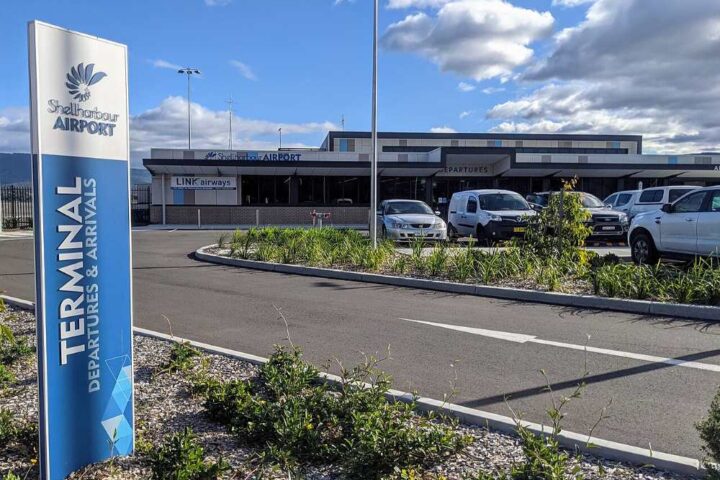
Three Killed in Shellharbour Airport Crash — “Light Aircraft Caught Fire Post Take-Off,” Police Confirm
Shellharbour Airport and the South Coast air safety review NSW Police confirmed a light aircraft crashed shortly after take-off at Shellharbour Airport at about 10am on 11 October 2025; a crime scene
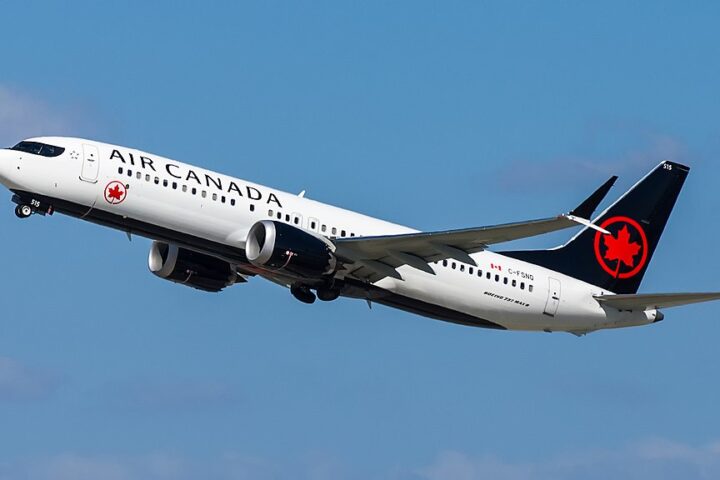
Canada Flight Delays: 4xx Delays, 3x Cancellations Today
Canada Flight Disruptions: 427 Delays & 30 Cancellations Across Major Airports (Oct 10, 2025) Quick tracker for YVR, YYC, YUL, YOW and YYZ. Air Canada fleet pictured. Counts used here reflect Oct
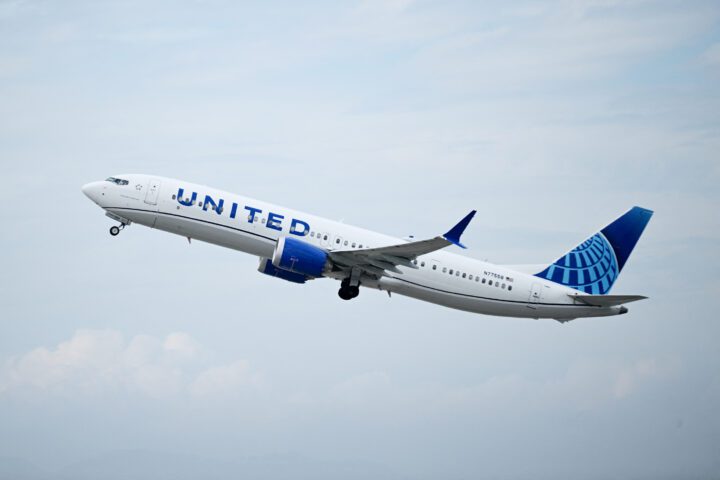
United Adds 4 Europe Nonstops; 46 Atlantic Cities In 2026, Daily IAD–Reykjavik And EWR–Seoul Also Set
United Adds Split, Bari, Glasgow & Santiago de Compostela to Summer 2026 Network Nonstops from Newark/New York to four new European cities; new Washington Dulles–Reykjavik; daily Newark–Seoul; added Newark–Tel Aviv frequencies. Summer
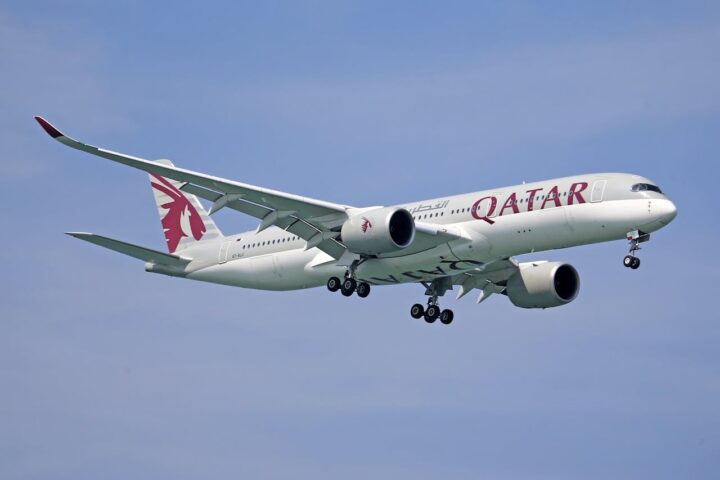
Qatar Airways Sued Over “Eat Around” Meat, 85-Year-Old Died
Vegetarian Passenger Dies Mid-Flight After Being Told to “Eat Around” Meat Family files a wrongful-death suit; complaint cites the Montreal Convention and records of in-flight medical support via MedAire. Los Angeles (LAX)
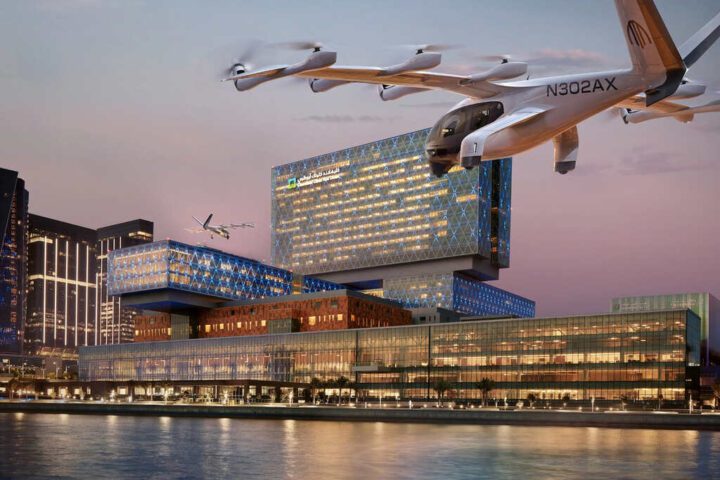
Abu Dhabi Hospital Vertiport to Cut Hour-Long Patient Trips to Minutes with Archer’s Electric Flying Taxis
Cleveland Clinic Abu Dhabi announced plans on October 8, 2025, to build the United Arab Emirates’ first hospital-based vertiport, allowing electric flying taxis to land directly at the medical facility. This new
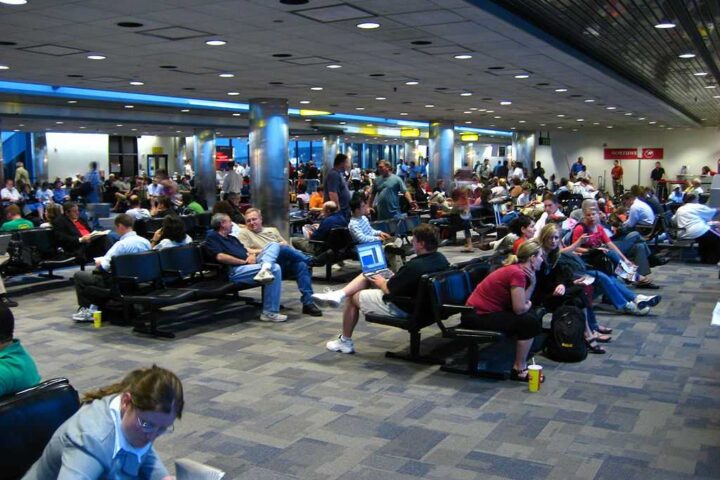
Air Traffic Controller Shortage Triggers 6,200 Flight Delays as Shutdown Crisis Deepens
Flight delays and disruptions are spreading across the U.S. as air traffic controller staffing shortages intensify during the government shutdown. Major airports in Nashville, Chicago, Boston, Newark, Denver and Las Vegas are


